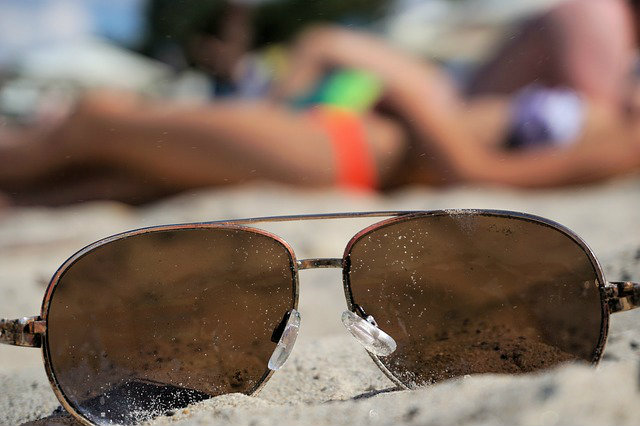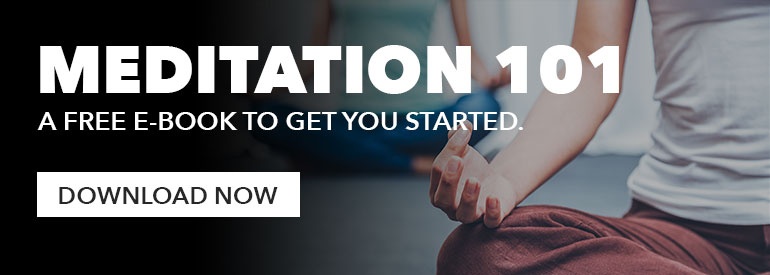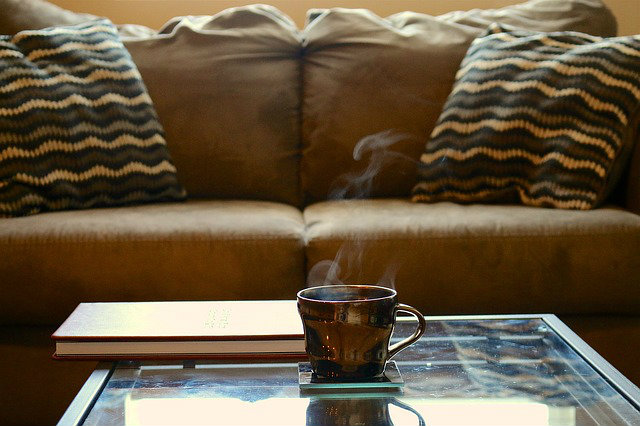 Reading Time: 5 minutes
Reading Time: 5 minutesIt all started with dark chocolate.
I’d read about how dark chocolate can reduce inflammation, lower blood pressure, and raise HDL, or “good” cholesterol, so I began ending the night with a few squares of 85% cacao dark chocolate.
It was good, but not very sweet, so I usually stopped after a few squares. It’s easy to avoid overdoing chocolate with so little sugar.
Then, for a weekend treat, I’d buy a 72% cacao bar. “It’s still dark chocolate,” I thought, “so we’re good!”
The 72% bar was much better than the mostly bitter 85% bar, so soon Mr. 85% got shoved to the back of the cupboard. Every night, after the kids were in bed, I’d crack open a chocolate bar and eat two — or four — squares. When I didn’t have chocolate, I’d go back to my old favorite — a small bowl of dry, homemade granola.
The whole thing became a ritual, completely divorced from any sense of hunger. Often I’d still be full from dinner, but find myself munching on granola because that was the routine. It meant the day was done, I’d worked and exercised and supervised homework and after-school activities and made dinner, and now I was off duty.
Without realizing it, I’d formed a bad habit.
The Slippery Slope
This attitude of “oh, what the heck” began to infiltrate the rest of my day. A little bowl of pretzels here, an extra piece of bread there — I began to lack any sort of mindfulness about my nutrition. I wasn’t eating fast food and candy, but I was letting things slide.
At first, everything was great.
“I don’t even notice a difference,” I thought. Except sometimes I’d mindlessly eat a bowl of pretzels and think, “Why did I just do that?” Or I’d have my chocolate and feel overly full, and not any more relaxed or contented than I started.
The ritual had become an empty and negative habit.
Then we took our family spring break trip to Palm Springs, and I spent four days in a bathing suit.
There’s no better way to shine a light on your less-than-desirable eating habits than wearing a bikini all day. You don’t have to have a perfect body to wear a bathing suit by any means, but there’s a difference between feeling healthy and fit — and feeling puffy and out of control.
The feelings weren’t bad enough to ruin my trip, or stop me from wearing a bathing suit, but they did make me regret some of my life choices from the previous few months.
Breaking the Habit
Once I got back home and into my regular routine, I realized I needed to get control and break my after-dinner habit. I did some research into breaking bad habits, and discovered what I needed was a plan.
As this Fortune article explains, an effective habit-breaking strategy is to make an “if-then” plan:
- First, identify the trigger that leads to the bad habit — that’s the “if” part of the strategy. For me, that was sitting on the couch after dinner, once the kids were in bed and the house was quiet.
- The “then” part is an action that will prevent the bad habit. For example, “If I am hungry after a light, early dinner, then I can have a small serving of yogurt or cottage cheese.” Or, “If I am unable to relax after dinner, I’ll practice ten minutes of meditation.”
This strategy is successful because it takes the decision out of your hands. Once you make this rule, when you encounter the situation described in your “if-then” plan, your response is already outlined.
The first night of the new program, my husband and I put the kids to bed as usual. I prepared to settle in on the couch, and felt a strange sense of panic. It was nighttime, all my responsibilities were done, and the force of habit kicked in, hard.
But the “if-then” strategy worked — I didn’t eat anything, but I realized I needed to address the source of my anxiety.
The more I thought about it, the more I realized my snacking had nothing to do with actual hunger. I’d eaten a perfectly satisfying dinner. But the after-dinner snack was so tied to my end-of-day relaxing I couldn’t separate the two.
Which gets to another part of breaking a bad habit — becoming mindful of why you developed a habit in the first place. Over time, I’d started to associate the after-dinner snack with a calm, quiet feeling. It took a few nights of sitting on the couch with a book, no snack in hand, to remember I didn’t need food to achieve this state of relaxation.
The final strategy I used was a “one day at a time” approach. Instead of thinking, “I will never be able to eat after dinner again,” I thought to myself, “Let’s just try tonight. See how that goes.”
And, of course, it was fine.
I went to bed feeling pleased with myself, and woke up feeling energetic. That’s when I realized that although it’s important to make sustainable changes, sometimes the thought of long-term privation can be overwhelming, and cause you to give up before you start.
Just start with one day.
Review: 3 Strategies for Breaking a Bad Habit
- Create an “if-then” rule. Identify the trigger for the habit you are trying to break, and then come up with an alternative action that will automatically kick in when you encounter that situation.
- Pay attention to the feelings surrounding your bad habit to identify why the action became a habit. How can you address those feelings or emotions without engaging in the habit?
- Take it one day at a time. Don’t think about all the delicious food you’ll miss or how deprived you’ll feel. Just try to break the habit for one day. Then try another.










